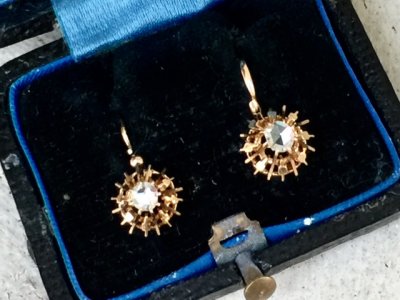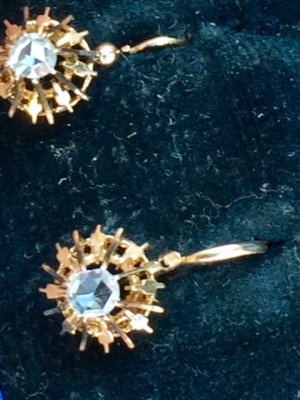- Joined
- Apr 19, 2004
- Messages
- 27,166
Sharon, How was your Mother's Day?
I had a good meeting with the architect and contractor yesterday. The attic conversion will likely start at the end of August. I did managed to put a nasty gash in my left index finger coming back down the ladder from the attic. I always seem to find a way to hurt myself and set my hand to balance on the ladder in something that turned out to have rows of metal teeth. It's doing better and I don't think I need stitches, but it's really sore and I never realized how much I use that finger. I'm trying not to use that finger much or get the bandage wet. I'm using the DermaGel on it thanks to more good NIRDI info. You ladies are the best!!!
Ultra-widefield imaging devices have the capacity to document peripheral retinal pathology, providing up to a 200-degree temporal and nasal imaging field and the ability to image up to 82% of the retina.9 However, retinal lesions located anterior to the equator are likely to be missed by doctors using UWFI alone.10 Researchers have determined this technology to have reduced sensitivity (36%) for the detection of the lesions compared with binocular indirect ophthalmoscopy using scleral indentation (76%), and concluded that ultra-widefield imaging alone is not sufficient for making a clinical diagnosis.
The technology’s most clinically significant limitation is its inability to image the entire retina.9 Recall that 18% of the retinal area cannot be imaged through a dilated pupil with current ultra-widefield technology.9 Additionally, the lack of sensitivity to retinal lesions anterior to the equator compared with clinical examination means that UWFI is not apt to detect retinal holes and breaks, especially anterior to the equator in the superior and inferior quadrants, and is therefore recommended only as an adjunct to a dilated fundus exam that includes careful peripheral retinal examination.
UWFI, including its application to fluorescein angiography and other diagnostic modalities, has provided optometrists with an expanded, objective way to document posterior segment findings as well as to better understand the role of peripheral pathology in retinal disease. UWFI should augment, not replace, your own clinical acumen. Like any other diagnostic test, it should be used as a tool—not a crutch.


